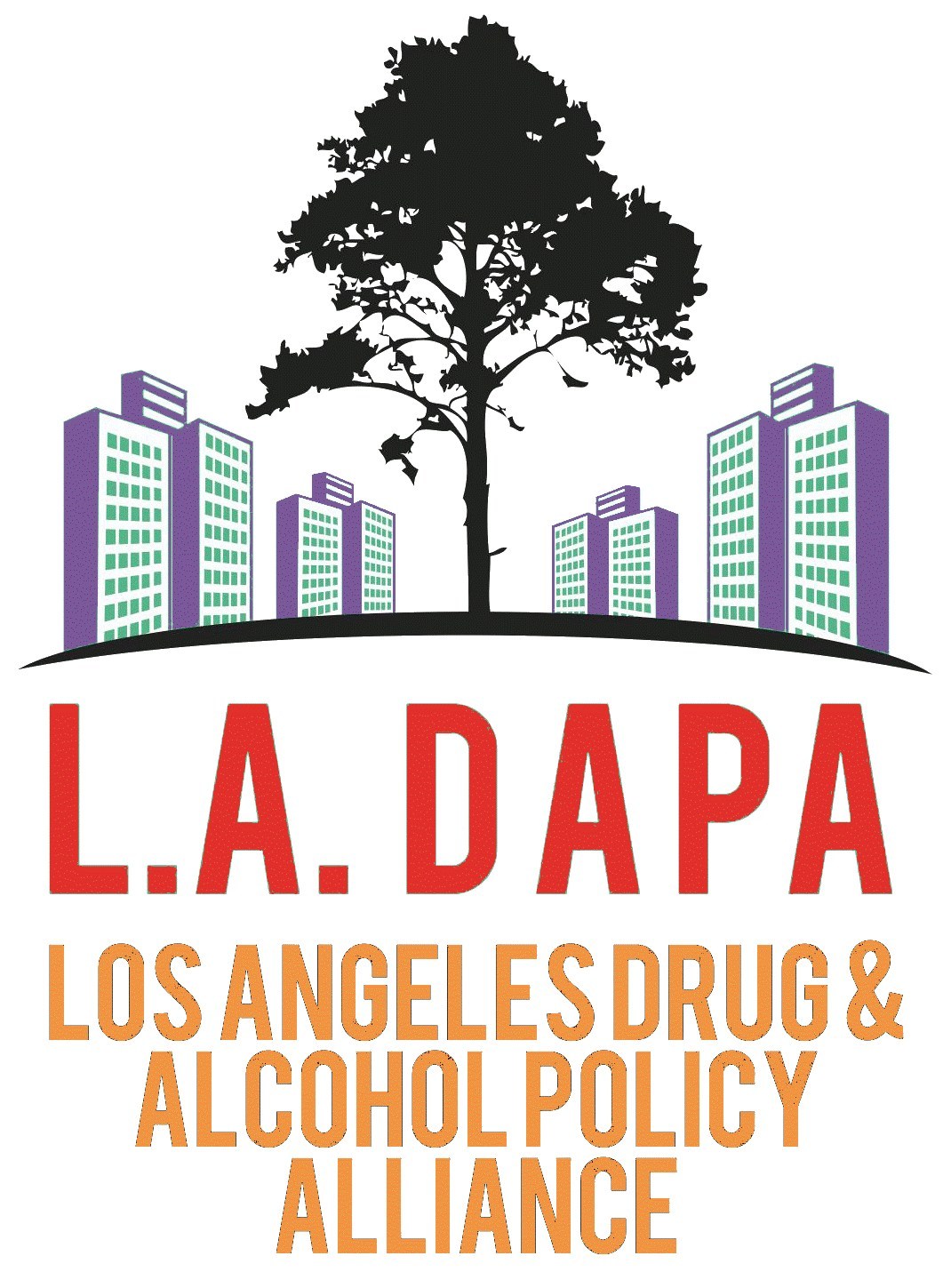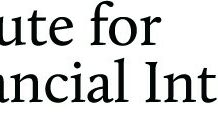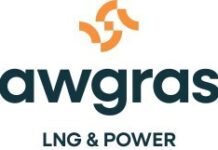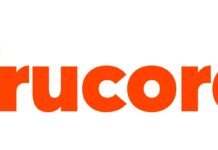LOS ANGELES, Oct. 22, 2019 /PRNewswire-HISPANIC PR WIRE/ — Most L.A. neighborhoods are flooded with bars, clubs and restaurants, raising the alcohol density to troubling levels.
New research, presented by Los Angeles Drug and Alcohol Policy Alliance (L.A. DAPA), at L.A. City Hall today, shows at least 80% of L.A. area census tracts (an area with an average of 4,000 residents) exceed – sometimes by 300 percent or more – the guidelines set by California Department of Alcoholic Beverage Control (ABC).
Alarmed by the statistics, L.A. DAPA, a collaboration of public health organizations and community members, wants the L.A. City Council to take steps toward a proposal that would allow communities to “say no” to additional alcohol businesses in designated areas.
The Alcohol Restricted Use Subdistrict (ARUS) Ordinance would grant communities already suffering from high crime and alcohol outlet over-concentration the power to protect their neighborhoods from more alcohol businesses, especially in sensitive areas close to schools, parks and churches.
Los Angeles City Council Member David Ryu represents District 4, which has the highest alcohol density out of all the council districts. “Too many communities in Los Angeles have been saturated with liquor stores and alcohol establishments while losing out on other community resources,” Council Member Ryu said. “Every neighborhood should have the chance to build a vibrant local economy, a safe place to live, and opportunities for children and families. This ordinance will mean that these neighborhoods can say ‘no’ to new alcohol establishments and ‘yes’ to the kind of community that they deserve.”
New Alcohol Outlet Factsheets produced by independent research firm Harder and Company show correlations between alcohol density and crime. The factsheets were developed for the Institute of Public Strategies (IPS), which is a nonprofit that seeks to reduce community level harms related to alcohol and drugs. IPS is a member of L.A. DAPA.
Harder and Company examined LAPD Part 1 and Part 2 crime data from 2015 as well as data from the California ABC and the community alcohol outlet portal, PourSafe, to compare alcohol density with crime rates in each census tract.
The research reveals not only correlations between increase in alcohol density and higher crime rates, the data also shows the reverse. In areas where the alcohol density meets ABC guidelines, the crime rate is at or below average for that area.
According to California Business Code, alcohol licenses should be limited based on a ratio of population per census tract in order to protect public health and safety. However, the new Harder and Company data show all 15 LA City Council Districts have census tracts where alcohol density exceeds ABC guidelines by 300 percent or more.
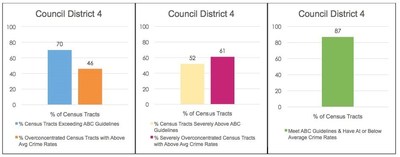
–CD 4: 70% of census tracts exceed ABC guidelines. Of that 70%, 46% have above average crime rates.
–CD 4: 52% of census tracts severely exceed ABC guidelines. Of that 52%, 61% of census tracts have above average crime rates.
–Conversely, 87% of census tracts in CD4 that meet ABC guidelines have at or below average crime rates.
Despite the connection between crime and high alcohol outlet density, in the City of Los Angeles, over 500 liquor licenses are currently in the approval queue. Every City Council district has numerous licenses in process. So many communities have extreme alcohol outlet density in Los Angeles because the ABC guidelines to protect public health and safety are considered ‘recommendations,’ and therefore not firmly adhered to.
“For far too long the alcohol density problem in Los Angeles has gone unaddressed,” said Mayra Jimenez, Advocacy Manager at Alcohol Justice. “This new data demonstrates both the challenges and pathway to building an environment that accesses public health and safety and acts on it. We trust it will lead the City Council to pass an Alcohol Restricted Use Subdistrict (ARUS) Ordinance to give each community a tool to improve quality of life based on facts.”
Throughout the City of Los Angeles, community groups, organizations and local neighborhood councils have and continue to offer letters and petitions in support of the proposal.
Dr. Randal Henry, CEO of Community Intelligence in South L.A. said, “South Los Angeles (i.e. Council Districts 8, 9 and 10) has the highest percentage of communities that severely exceed ABC guidelines and have above average crime rates. ARUS gives South Los Angeles the option to create zones where no new alcohol licenses can be issued,” said Dr. Henry. “These zones are designed to address areas in South Los Angeles where alcohol density that severely exceeds ABC guidelines is contributing to nuisance activity, public intoxication, crime, violence and deterioration in the general quality of life.”
Linda Gravani, President of the Lake Balboa Neighborhood council said: “Lake Balboa’s residents are all within 1/2 mile of OFF SALE LICENSE establishments (liquor stores, grocery stores and other places where alcohol consumed off site. LBNC does not see it as an asset for any additional OFF SALE businesses regardless of ABC Census parameters. In addition, current licensees will lose business with the additional competition. More OFF SALE Licenses presents no advantage to the community.”
“We work closely with communities, and we know in some areas they’re worried about more alcohol. ARUS could be a solution,” said Sarah Blanch, Co-Chair of L.A. DAPA. “The motion before PLUM is only an interim step – seeing if ARUS zones could make sense to protect public health and safety in Los Angeles.”
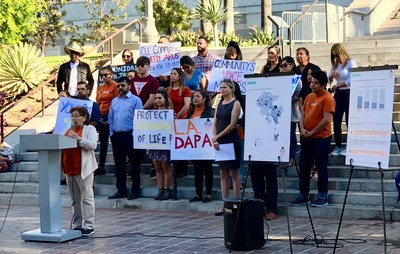
Community members and members of L.A. DAPA plan to go to PLUM meetings to speak in public comment about the value of ARUS, as well as to meet with individual Council Offices to garner support, over the next two months. The ARUS Motion, which requests a report back from the L.A. Department of City Planning on the feasibility of ARUS zones, expires on January 31, 2020.
Link to Alcohol Fact Sheets: https://bit.ly/2MFpm62
|
Contacts: |
Cynthia Nickerson 323-675-8785 [email protected] |
|
Mayra Jimenez 323 683-4687 [email protected] |

Photo – https://mma.prnewswire.com/media/1015669/LA_DAPA___Graph.jpg
Photo – https://mma.prnewswire.com/media/1015670/LA_DAPA___New_Data.jpg
Logo – https://mma.prnewswire.com/media/872986/Los_Angeles_Drug_and_Alcohol_Policy_Alliance_Logo.jpg
SOURCE Los Angeles Drug and Alcohol Policy Alliance

